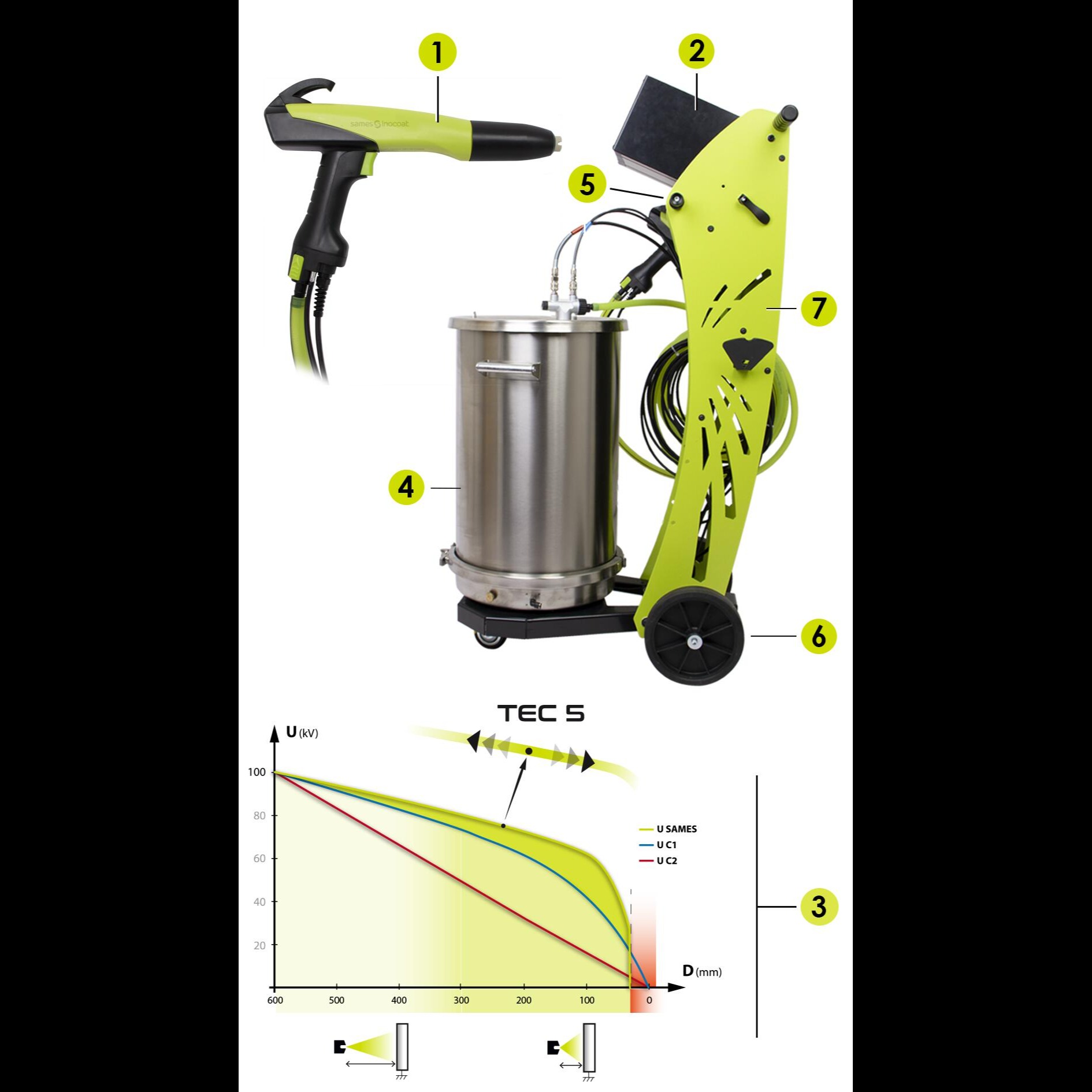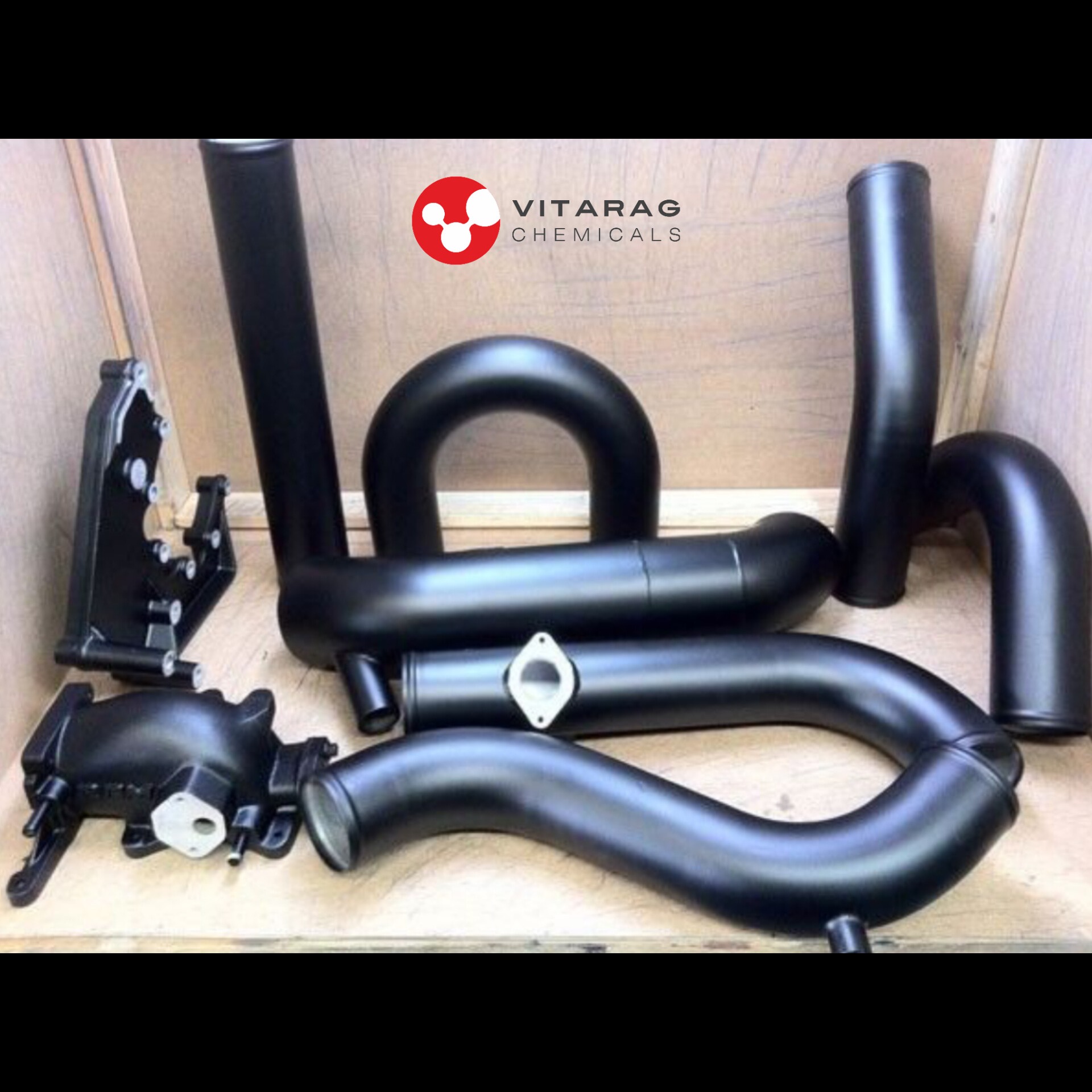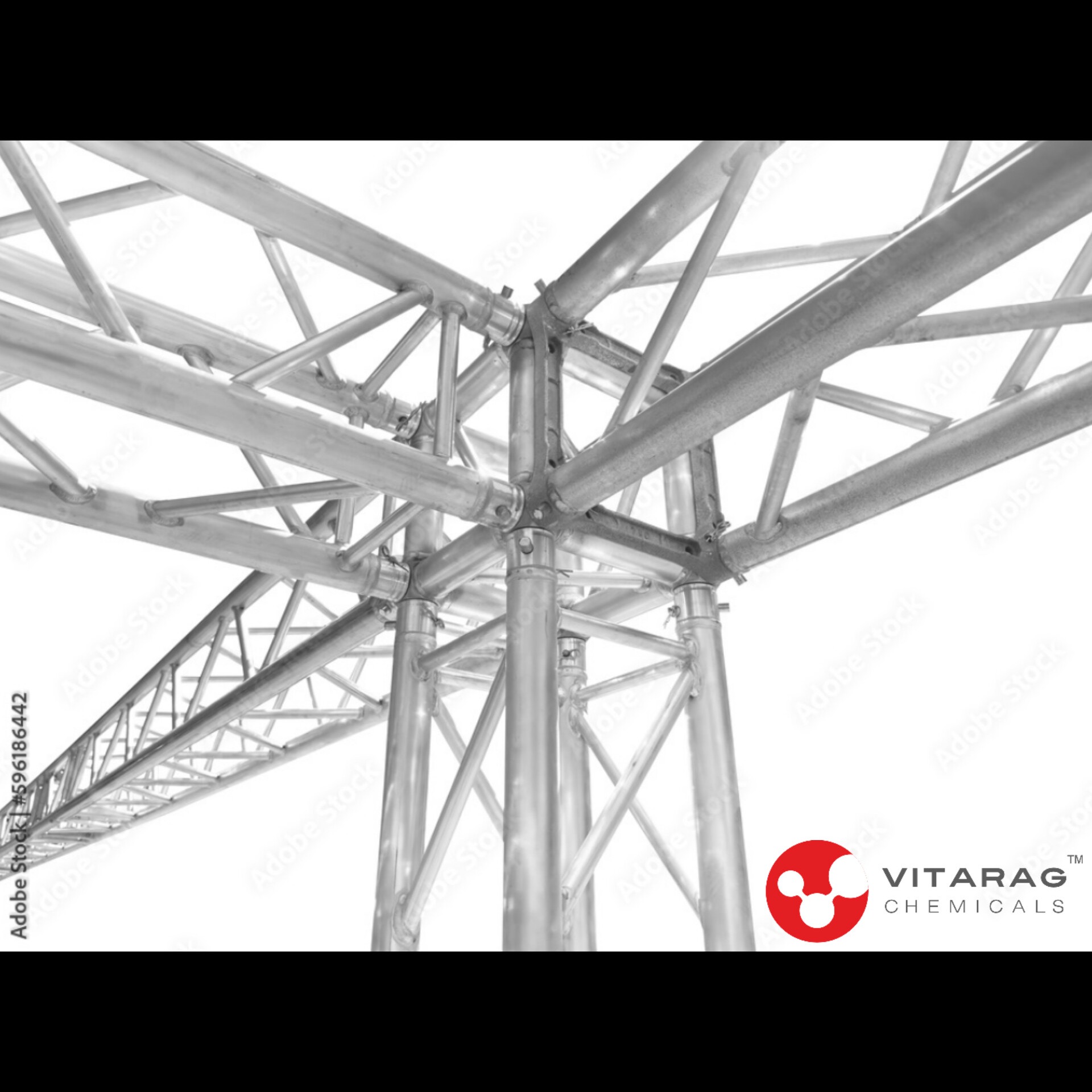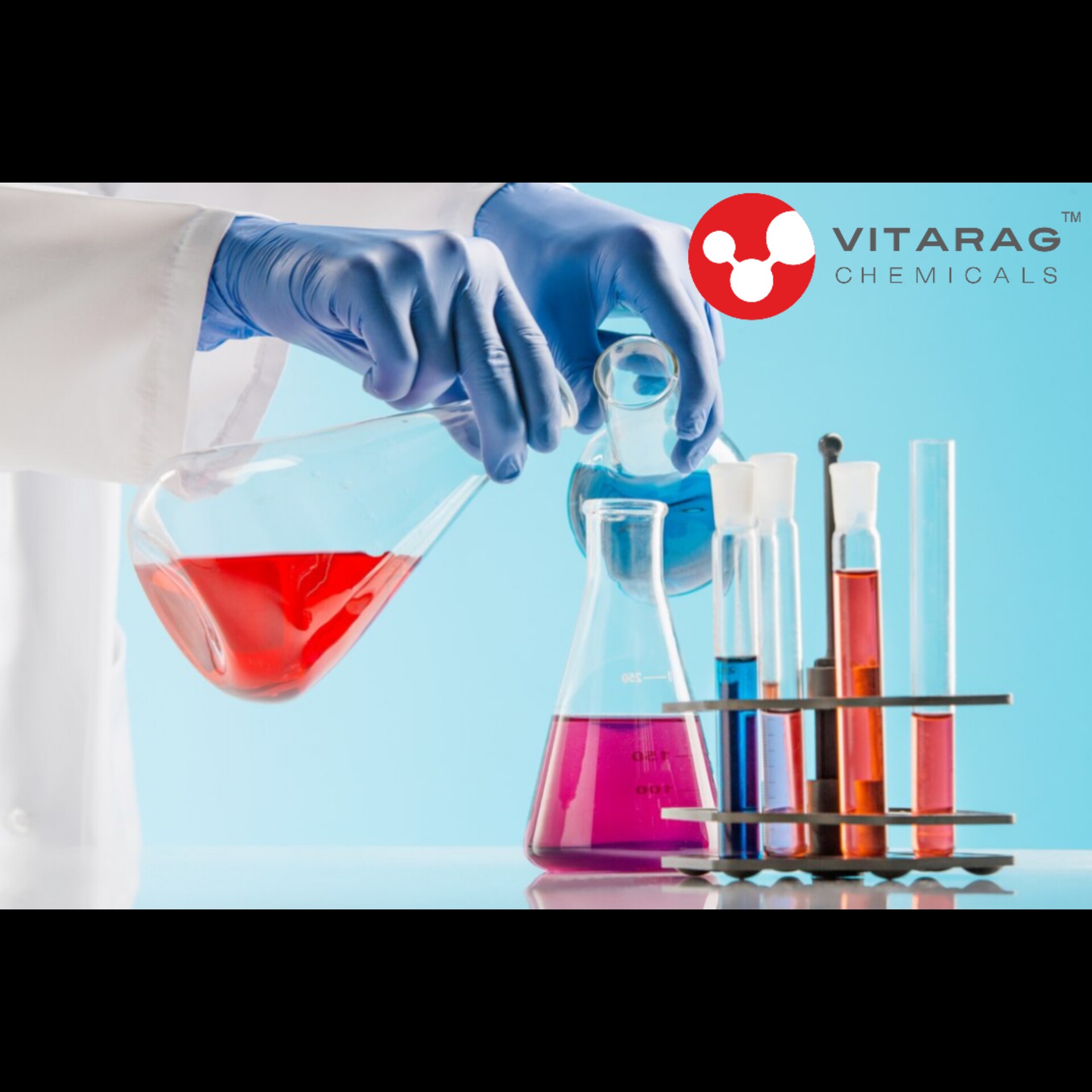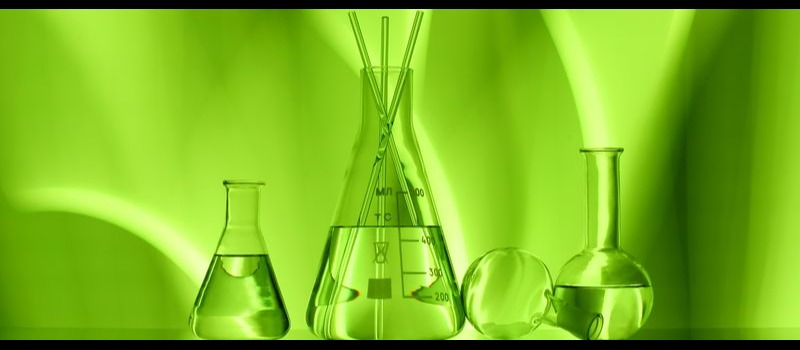
PASSIVATION
Passivation is a process used to enhance the corrosion resistance of metals, particularly stainless steel and other alloys. The goal of passivation is to create a protective oxide layer on the metal surface, which helps prevent rust and corrosion.
Here's how passivation works and why it's important:
1. Purpose of Passivation: The primary purpose of passivation is to remove free iron and other contaminants from the surface of stainless steel and promote the formation of a chromium-rich oxide layer. This oxide layer acts as a barrier, protecting the underlying metal from corrosion in various environments.
2. Mechanism: Passivation typically involves cleaning the metal surface thoroughly to remove dirt, grease, oils, and any traces of free iron or iron-containing contaminants. After cleaning, the metal is exposed to an oxidizing acid solution, usually nitric acid or citric acid. This acid solution facilitates the formation of the protective oxide layer.
Keywords
oils
dirt
goal
rust
grease
metals
traces
process
barrier
cleaning
formation
free iron
Mechanism
citric acid
nitric acid
PASSIVATION
other alloys
metal surface
primary purpose
stainless steel
underlying metal
other contaminants
various environments
corrosion resistance
protective oxide layer
oxidizing acid solution
chromium-rich oxide layer
iron-containing contaminants

